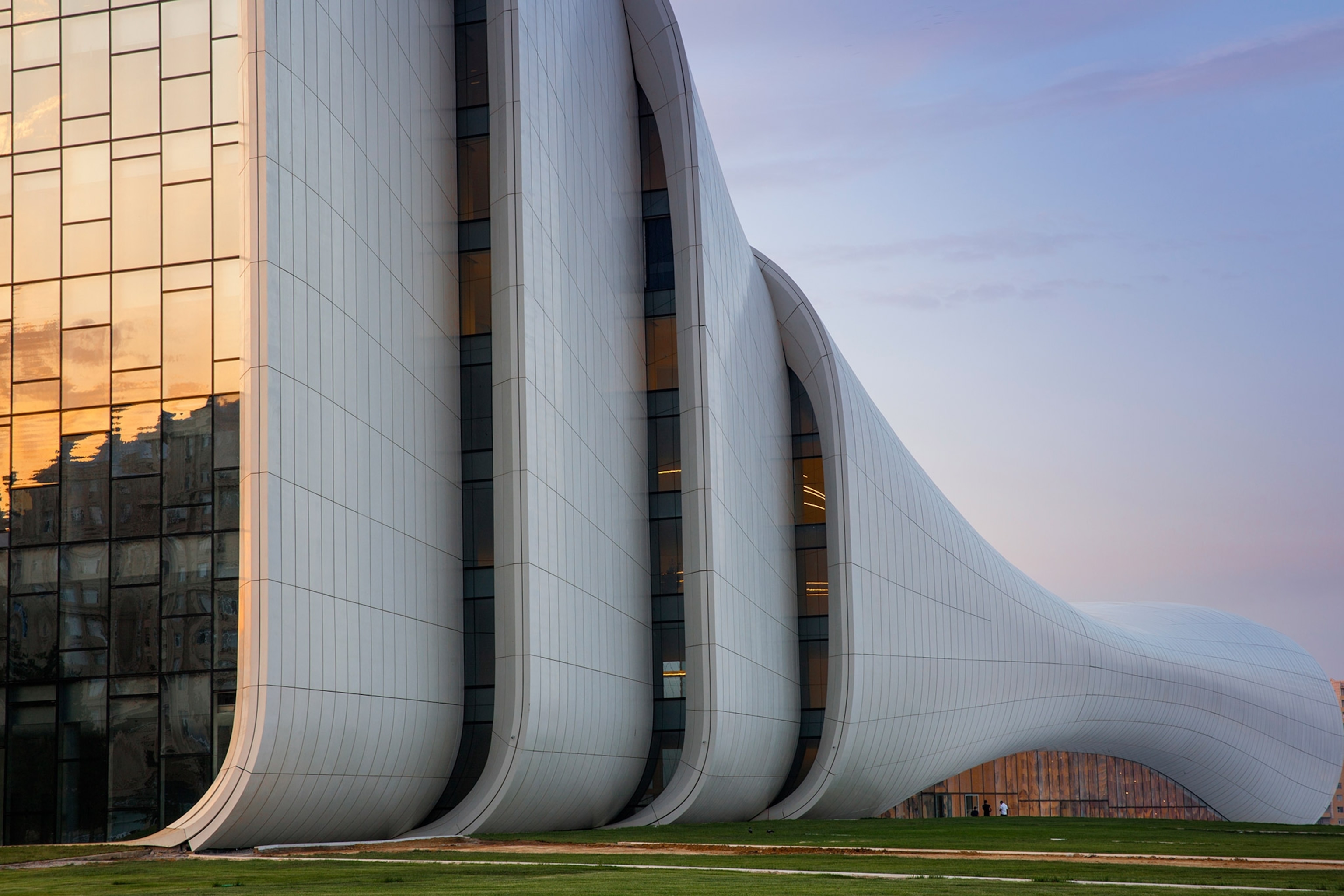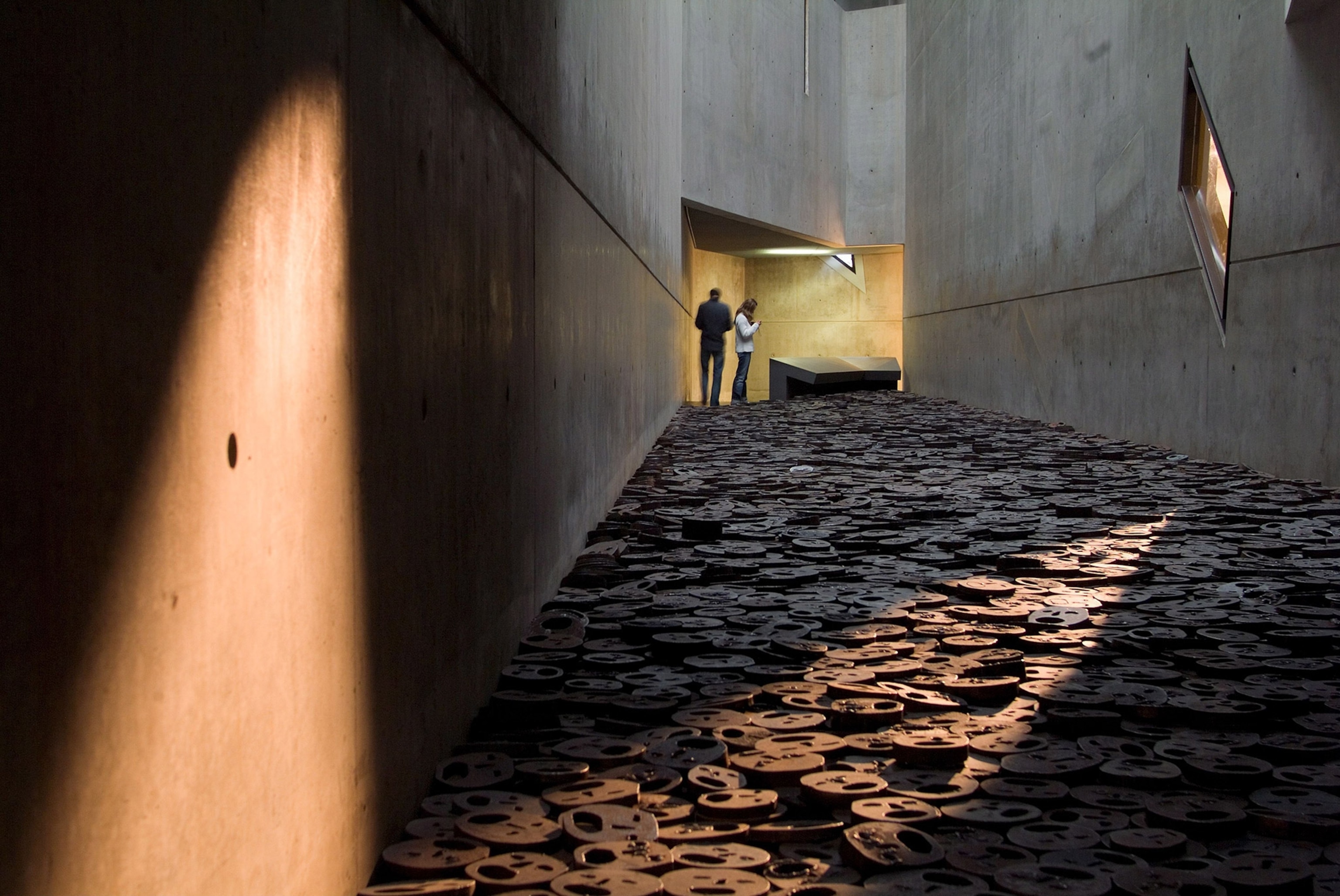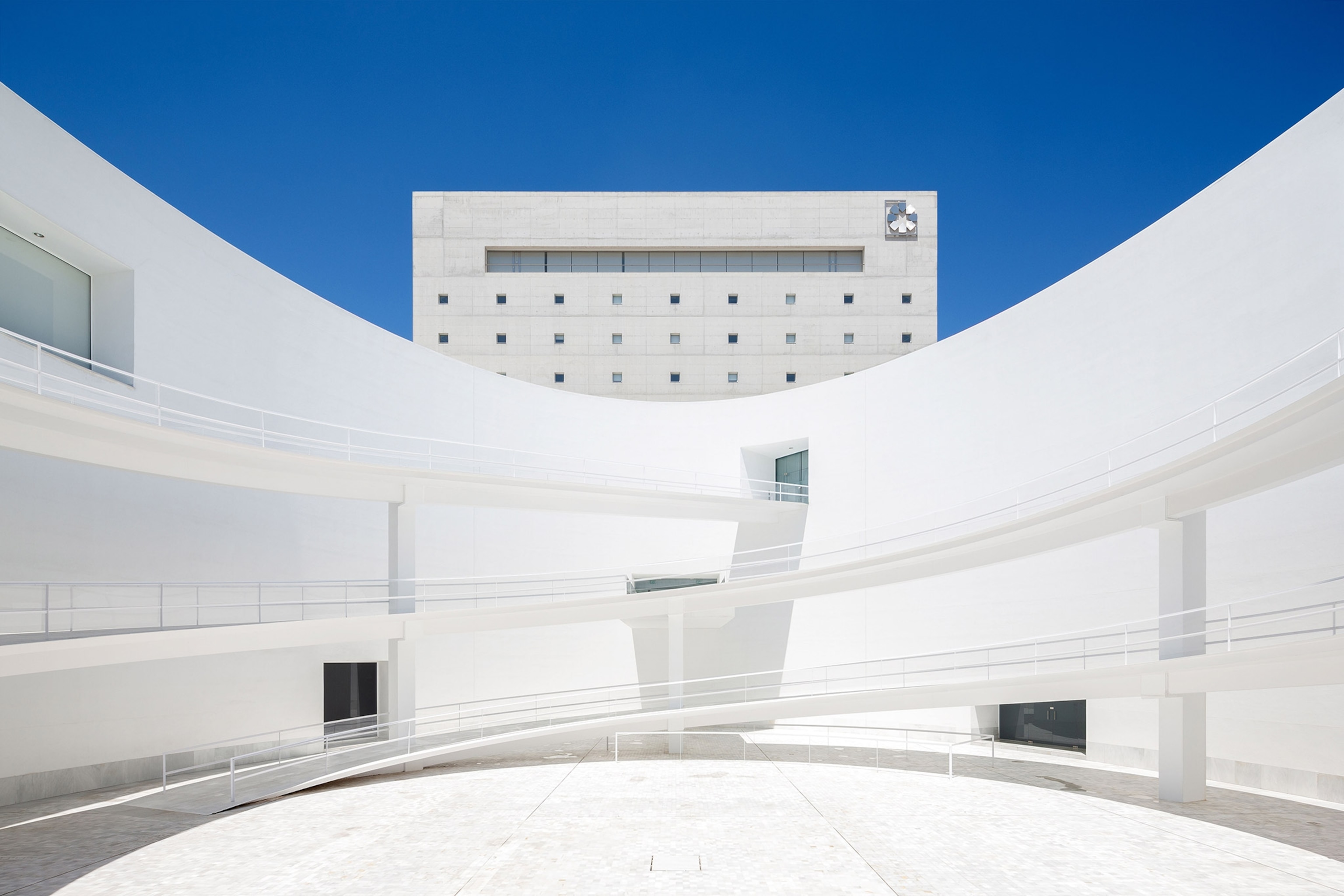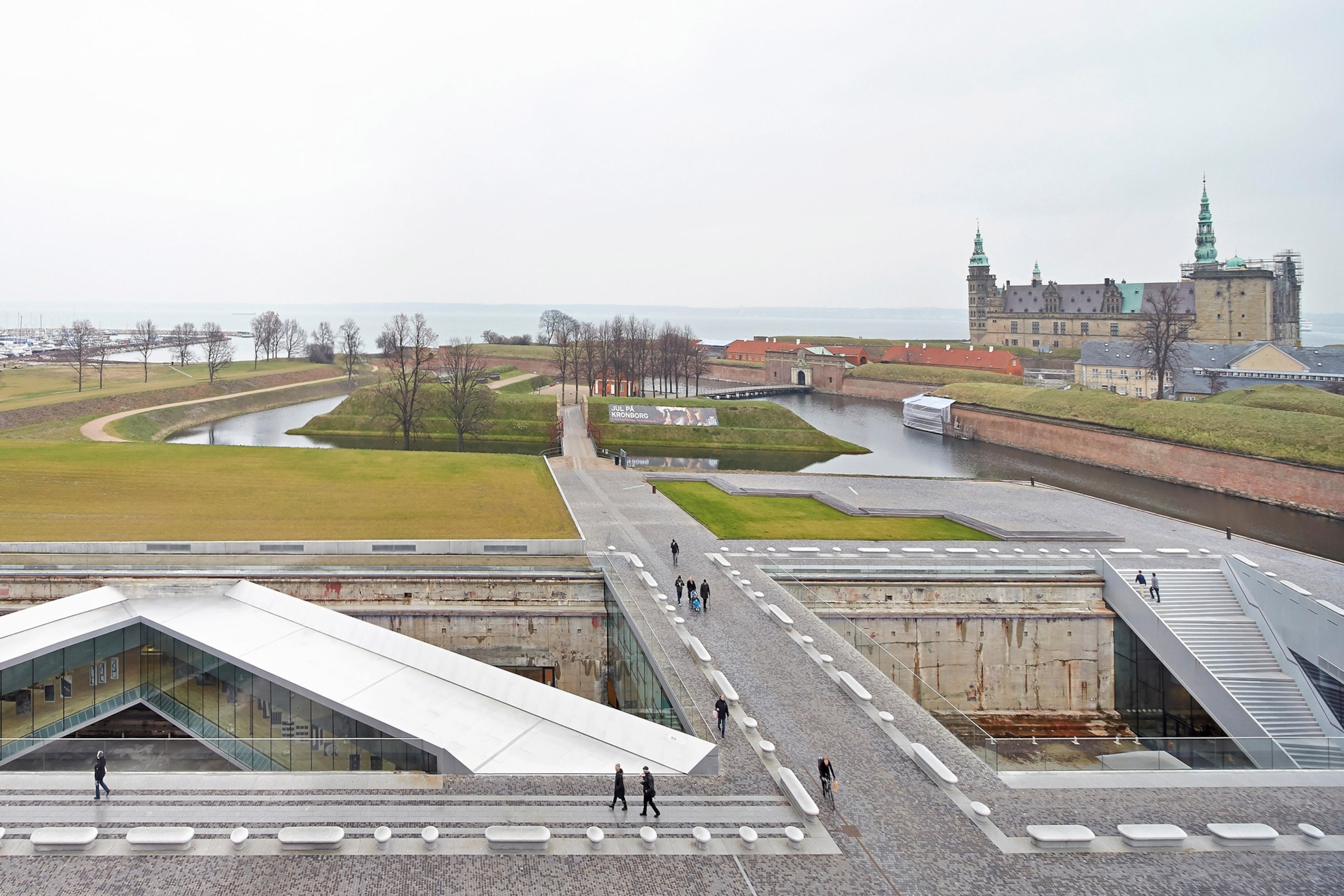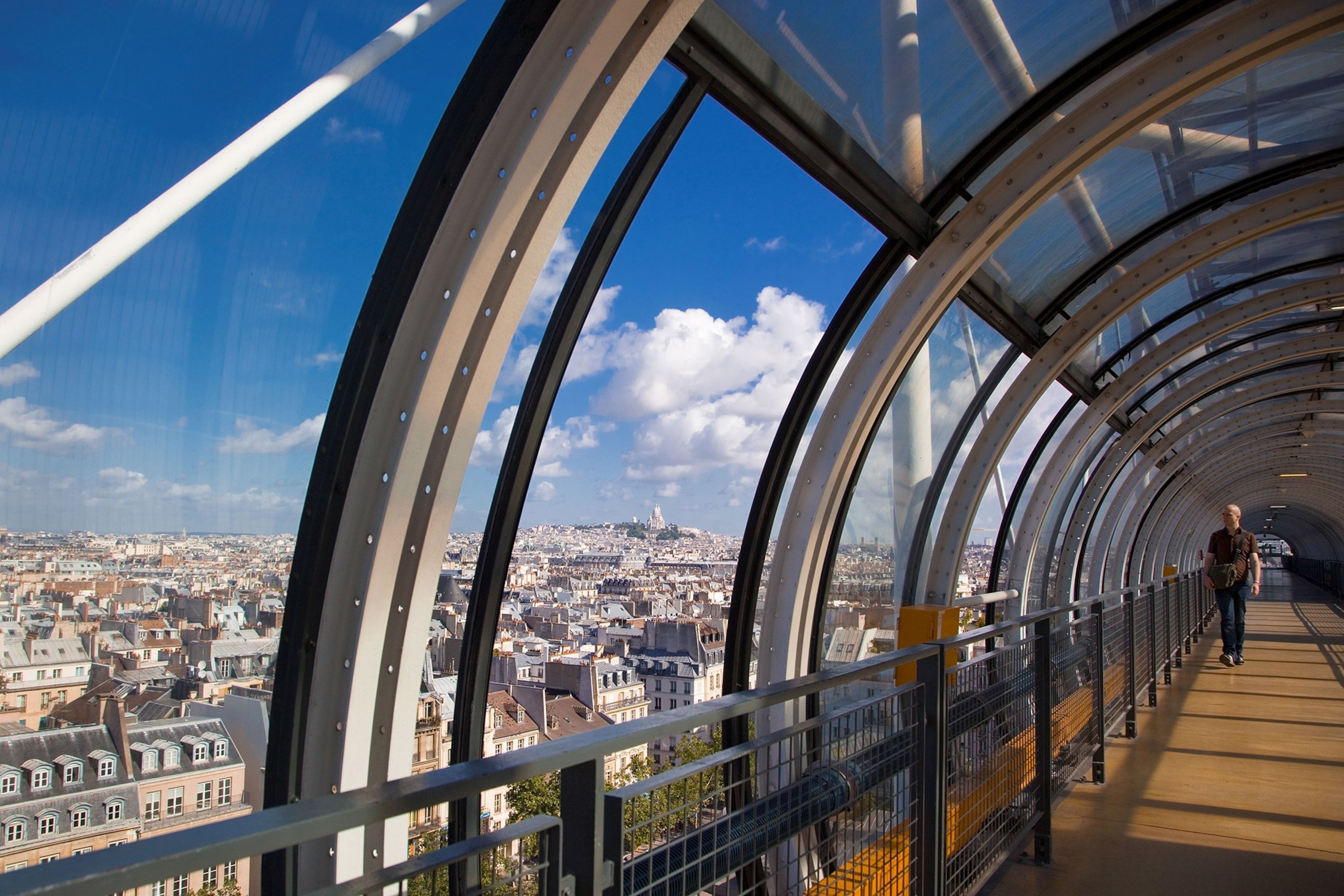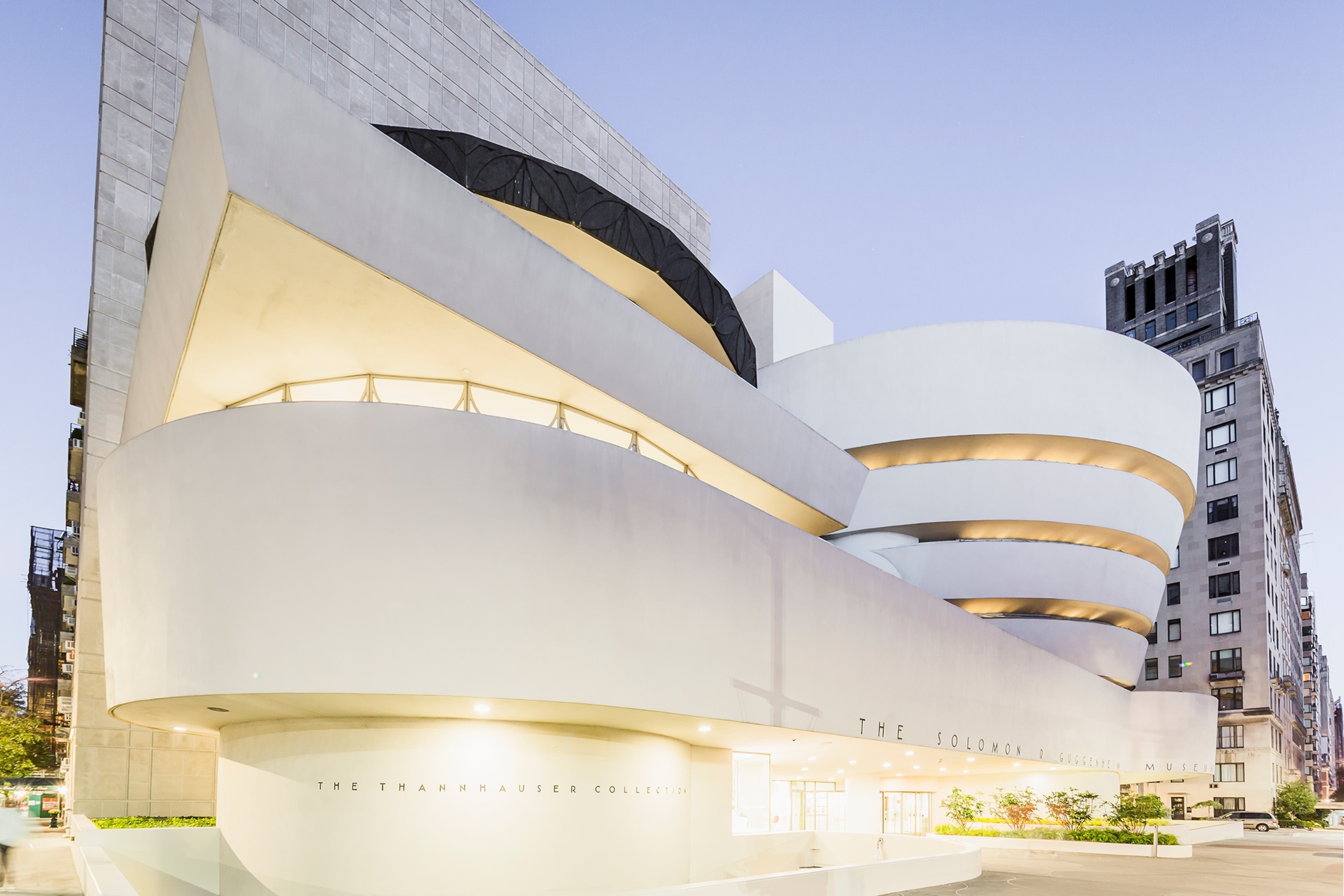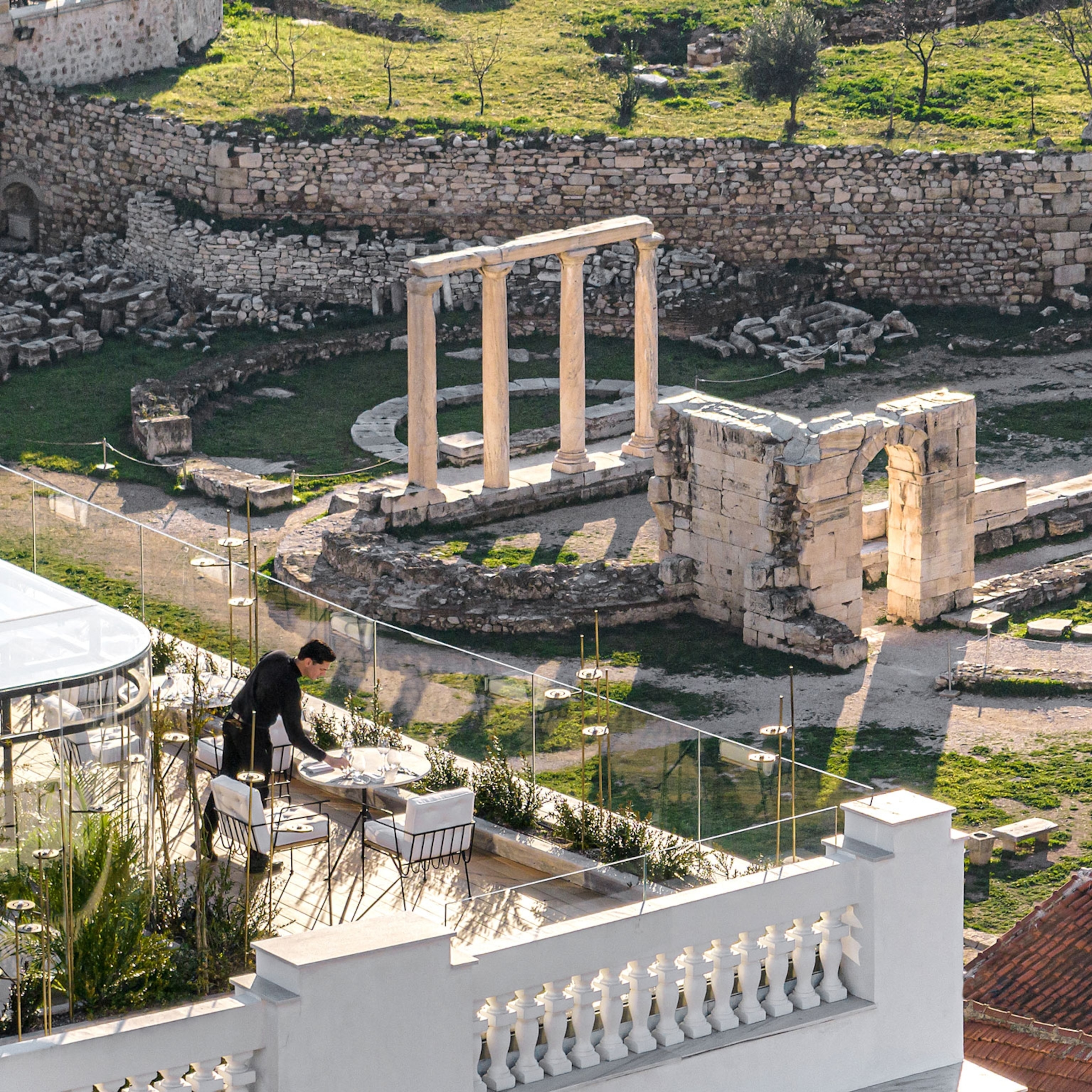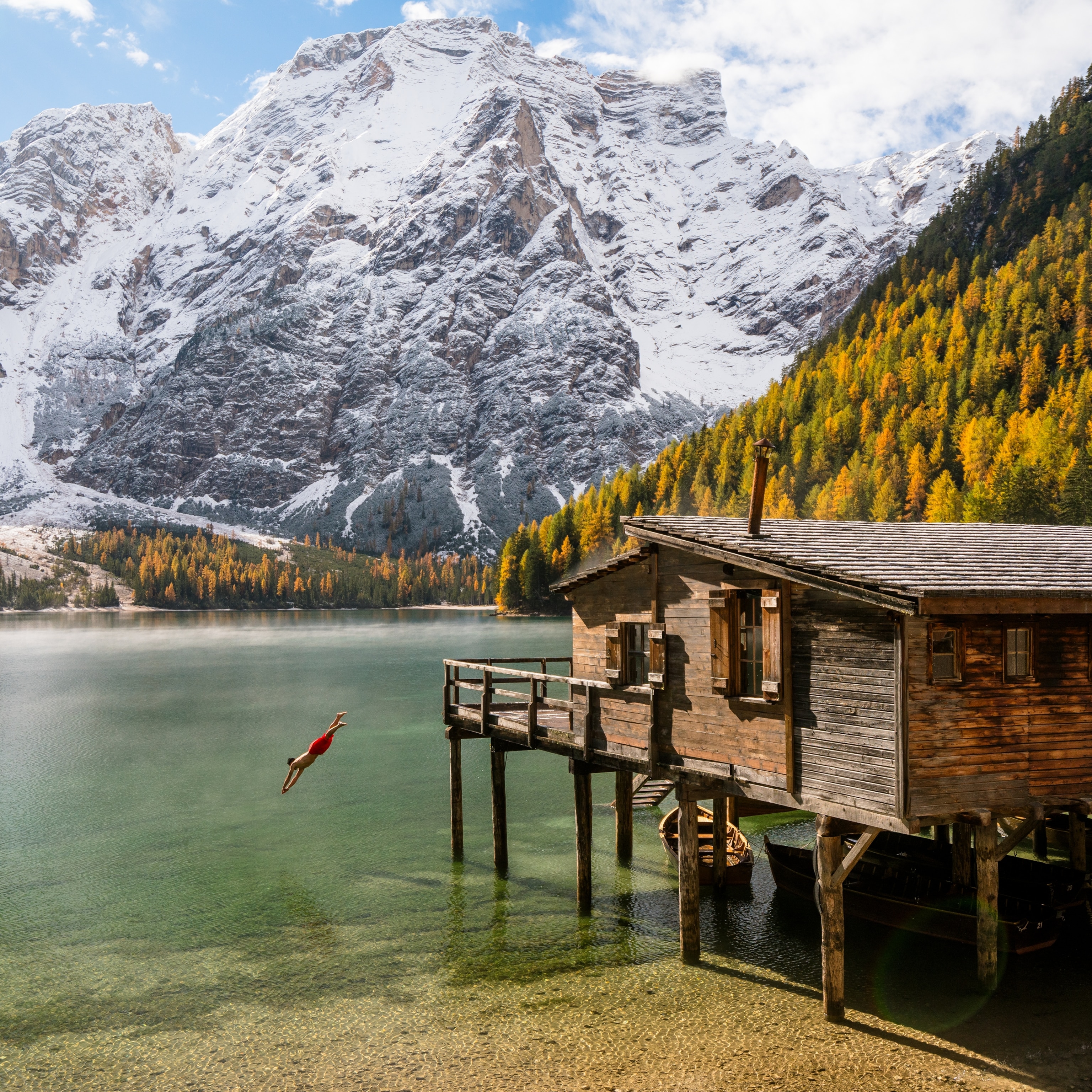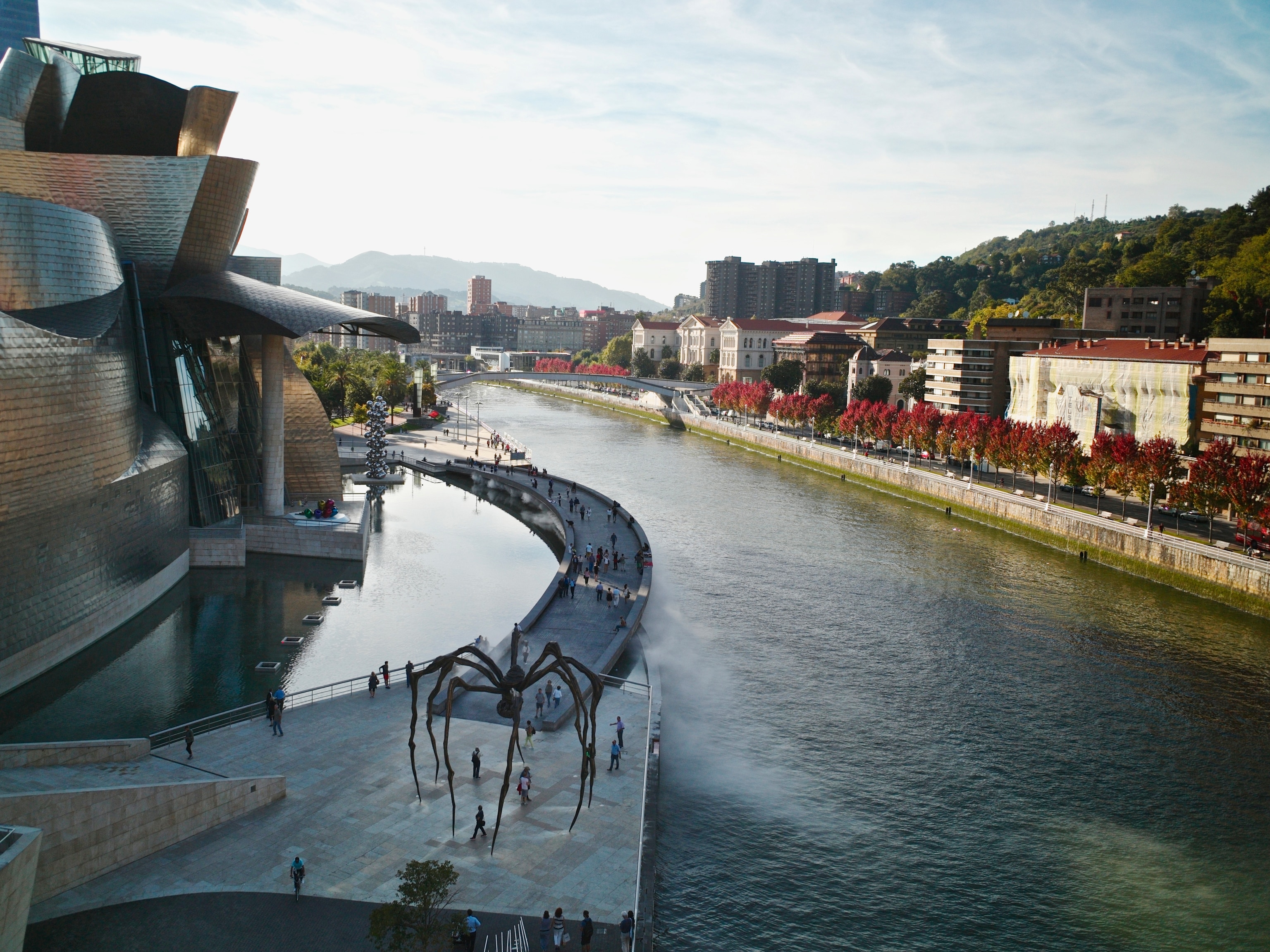When the world reopens, will art museums still be there?
Struggling with pandemic shutdowns and lost revenue, galleries respond with innovative exhibits, online programs, and safety protocols.

In early March of 2020, sculptor and video artist Andrea Stanislav had planned a quick couple of days in Pittsburgh, Pennsylvania, to prepare for a fall exhibition, a road-trip stop between her job as a professor in Indiana and her home studio in New York City. She had a few chats scheduled at the Mattress Factory, the contemporary art museum where she was scheduled to be an artist-in-residence later in the year.
But on March 13, in the middle of her first business meeting, Stanislav became an artist-in-desperate-residence at the museum, which fills several 1900s industrial buildings with works by Yayoi Kusama and light-alchemist James Turrell. COVID-19 was closing in.
“It was 11 a.m. All of a sudden, in the meeting, people were grabbing their phones, their eyes darting around. It was clear something was happening,” she said. “Finally, they said, ‘if you want to do research on any of the other museums, you need to do it today’’”
“I went on a marathon tour to the Heinz Center, the Carnegie museums, the Warhol. I had a vodka tonic after that to calm my nerves,” said Stanislav. “We were fast descending into a world of the unknown.”
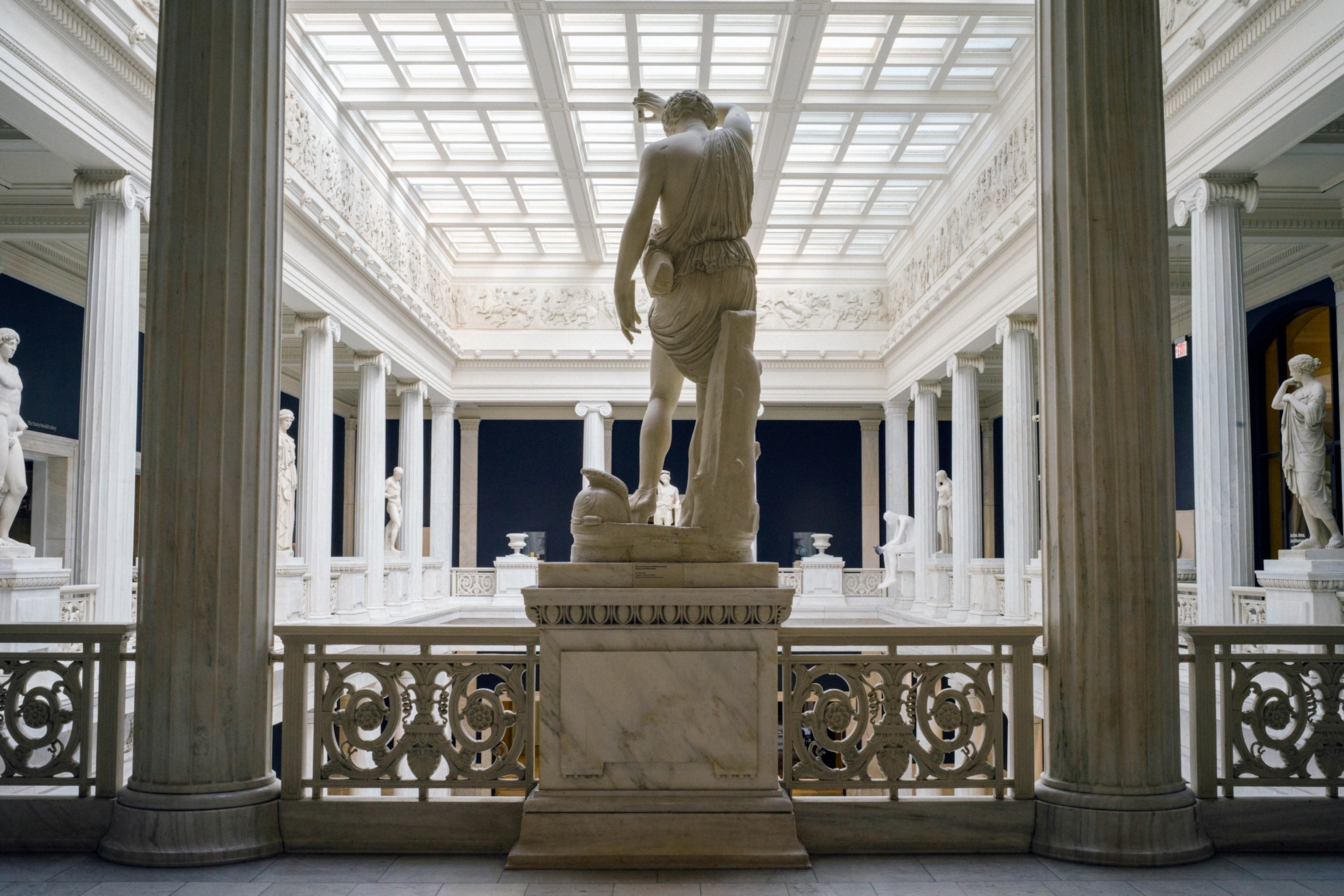
The next day, museums and other cultural institutions in Pittsburgh and around the world went dark. Stanislav ended up living for months at an artists’ apartment the Mattress Factory maintains, a sojourn that radically changed the focus of her installation. She became one of the thousands of artists and staffers in museums, galleries, and exhibition halls who realized how a pandemic could impact everything.
The year 2020 has been a time of crisis, innovation, anxiety, and introspection for all businesses, especially museums. Large galleries in cities with reliable international tourism found travel bans nearly ruinous to their business models. Smaller regional museums discovered a surprising upside as their institutions emerged as symbols of good, collaborative creativity in their communities. Here’s how some of America’s showplaces are coping with the challenges wrought by COVID-19.
Innovations born of necessity
Some museums have seen a new wave of interest from locals or residents of nearby cities. “People are experiencing museums in their own backyards,” said Colleen Dilenschneider, chief market engagement officer at Impacts Experience, a research firm measuring consumer behavior among 224 U.S. cultural and museum sites. “People are wanting to take day trips.”
Nearly every museum in the country has upped its digital offerings with online exhibits, curator video chats, and virtual kids’ activities. Many are also re-thinking their reach and collections in a time of accelerated technological change and turmoil in the U.S., debating how racial and social injustice are reflected in their art.
(Here’s how the coronavirus pandemic will change future travel.)
For instance, in December 2020, Maryland’s Baltimore Museum of Art announced it would only acquire works by female artists in the coming fiscal year. As part of a larger response to issues surfaced by the Black Lives Matter protests, the New Orleans Museum of Art closed its Greenwood Parlour, an 1850s plantation interior that many thought glorified slave owners.
From a practical, COVID-fighting standpoint, directors and staffers have become versed in the mechanics of their workplaces, including ventilation and airborne virus transmission. Such knowledge tipped many institutions to open back up in the summer with safety precautions (masks, social distancing) and to close down again when coronavirus infections surged in November.
“With decision-making, we are trying to be as clear, fair, and transparent as we can. Everyone was looking at the infection rate and knew it was a matter of when, not if we closed again,” said Hayley Haldeman, the Mattress Factory’s interim executive director. “It’s a double-edged sword, both sides blunt and painful. There’s not much more we can do in 2020.”
Reopening in 2021 will certainly be easier, with exhibitions like Stanislav’s now set for spring.
The price of shutdowns
No museum has escaped uncertainty and questions of survival due to the pandemic’s closures and plunges in revenue. This spring, the International Council of Museums surveyed museums in 106 countries about the effects of the pandemic, finding that more than 80 percent of them expected to reduce programming and 10 percent might permanently close.
Dips and spikes in virus cases meant galleries in London, Paris, and Rome reopened at the start of summer and closed again in the fall during new lockdowns. In the U.S., the American Alliance of Museums found that a third of the 850 museums surveyed were still shuttered in October and more than 10 percent were worried about never reopening. In some smaller U.S. cities, the crisis has spurred museum directors to spearhead broad and creative efforts to survive.
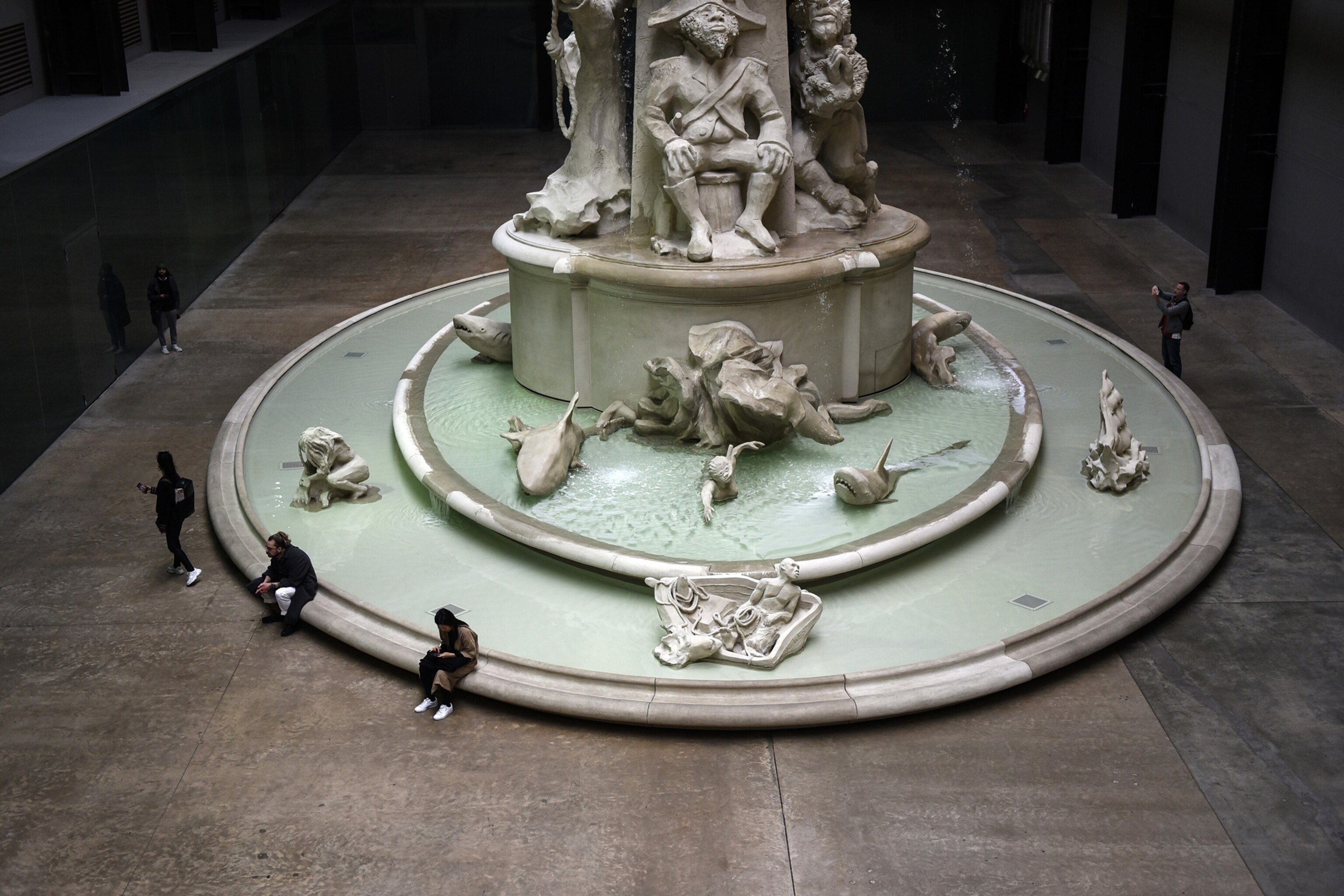
Take Pittsburgh, a city of 300,000 people, which has 50 museums and cultural centers, a legacy of its industrial wealth in the early 20th century. Steven Knapp, the new executive of the four Carnegie Museums, started February 1, just weeks before a government-mandated shutdown hit Pennsylvania.
During the early days of the pandemic, Knapp and leaders from other local institutions (Frank Lloyd Wright’s Fallingwater, the August Wilson African American Cultural Center) jumped on twice-a-month Zoom calls to hammer out safety standards and reopening protocols.
(This little-known London museum tells a heartbreaking story.)
“For a city of its size, Pittsburgh is one of the richest cultural cities in the nation. We wanted people to come back and to feel they had a good experience,” said Knapp. This meant that, when museums began letting tourists back in during the summer, there were social-distancing stickers on the floors, guards enforcing mask wearing, and, at most venues, timed-entry tickets.
The safety measures resulted in Pittsburgh museums scoring higher participation rates than those at national museums. “In July we were seeing a quarter of the normal flow. Now we are seeing 40 to 50 percent and are up to 80 percent of the participation of last year,” said Knapp. “It’s just been a question of managing the flow and keeping those one-way traffic patterns.”
In Ohio, the Toledo Museum of Art—with its impressive modern and Renaissance works—has seen a surge in first-time visitors during the pandemic. Why? “It’s something normal, a way of getting out of the house,” said Director Adam M. Levine. He believes museum-goers are seeking entertainment, encouragement, and lessons in how others have endured hard times in the past.
Museums, adapting to hard times
Museums have a wide range of business models, some relying heavily on endowments, others on admission fees or special event rentals. Many don’t expect their revenues to rebound to 2019 levels for at least another year. But some museums supported by local taxes or large endowments have less dire financial futures.
Even where museums aren’t threatened with extinction or program cuts, they’ve been disrupted by the pandemic. The Saint Louis Art Museum (SLAM), open since 1879 in the Missouri river city, had to revamp its exhibition schedule as international lenders became reluctant to send treasures overseas without assurances of how and when their art would or could come home. Its curators decided to “work with what we have,” said spokesman Matthew Hathaway. This resulted in Storm of Progress, an exhibit of 120 pieces by German artists drawn from SLAM’s holdings.
“We pride ourselves on having a German collection that could stand up to any outside Germany,” said Hathaway. “It has a direct connection to our community and culture. It became obvious what we could do.” The resulting show stars works including painter Max Beckmann’s 1917 paean to non-violence, Christ and the Sinner, and Sigmar Polke’s wry diagrams.
“Museums are looking at their own collections and thinking: ‘How do we play this is a way that we hadn’t thought of before?’” Hathaway said.
The pandemic as a creative catalyst
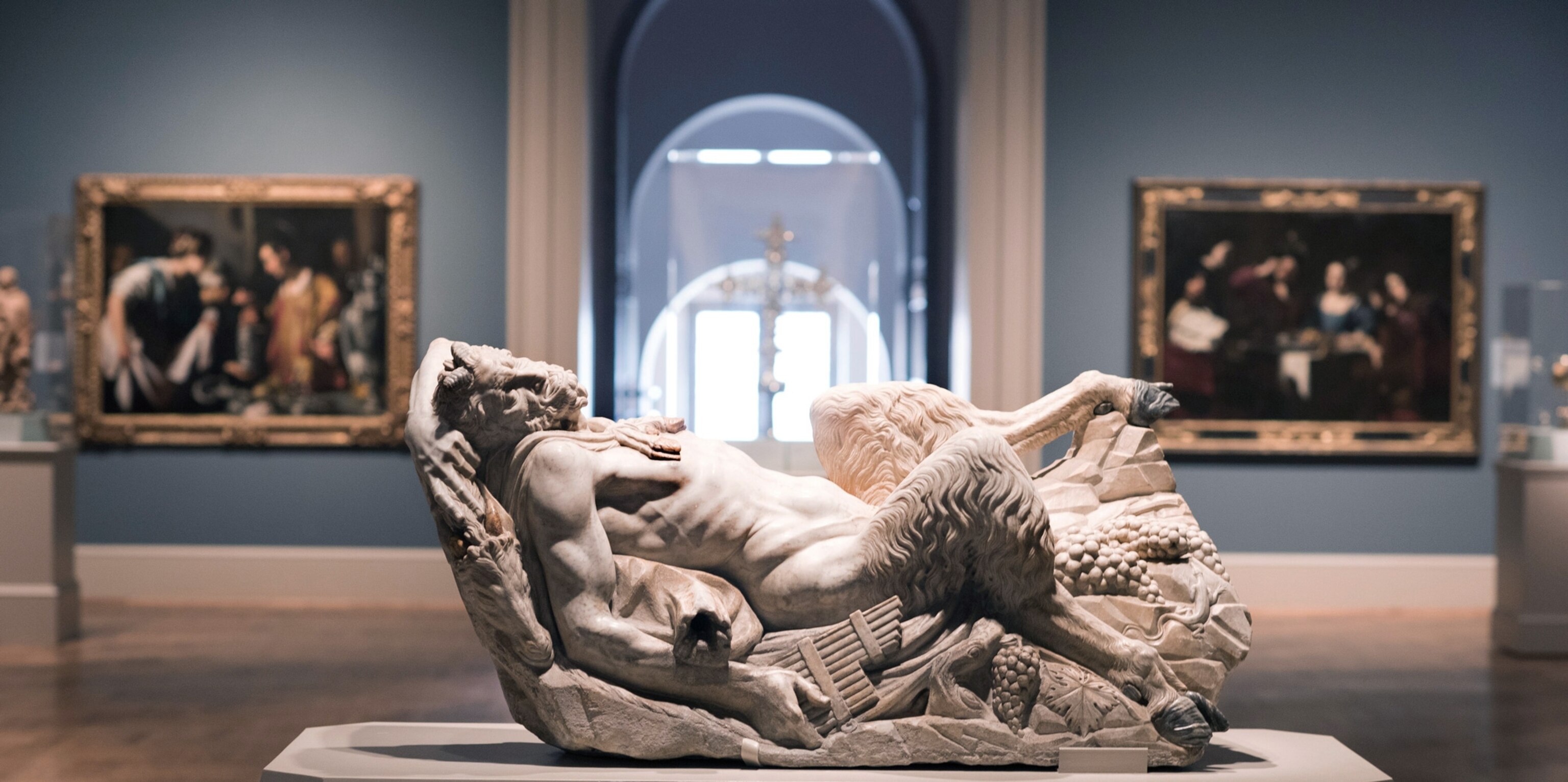
In Pittsburgh, Stanislav found that COVID-19 took her art in a new direction.
During her residency, she had planned to film the region’s rivers and forested hills with a drone, exploring Pennsylvania’s natural landscape.
But after spending months on the city’s North Side, walking streets where mill laborers once lived and watching neighbors play violin or sing from their stoops, she refocused her work on the local community. Stanislav, whose ancestors came from Prague, began exploring the city’s immigrant population and considering the biological and manmade plagues it has survived.
After discovering the Tamburitzans, a Croatian folkloric dance troupe affiliated with local Duquesne University, Stanislav decided to use movement to delve into Pittsburgh’s immigrant experience. She filmed the troupe in action at the Carrie Blast Furnaces, a National Historic Landmark holding towering ruins from Pittsburgh’s 19th- and early 20th-century steel industry.
(These revamped midwest industrial sites will surprise you.)
Fears over the virus and rain delayed some shoots. “I spent a lot of time there,” Stanislav said. “That gave the project a way to percolate and form directly into the time we are living in.”
On a sunny day in early November, Stanislav met with a dozen masked dancers wearing embroidered robes and felt hats. Some of them had great-grandfathers who once toiled in the fiery warrens of the steel plant. Most knew of the trying conditions there, and how and why laborers rose up in protest over 12-hour shifts and low wages in the late 1890s. The Homestead Strike, a bloody 1892 conflict between steelworkers and a company-run militia, left at least 10 people on both sides dead and many more injured, making this hallowed ground still.
As Stanislav filmed, the dancers began to twirl in ever-faster circles amid the rusting metal hulks, summoning an eerie danse macabre. Then, a white horse appeared. A single dancer mounted it and rode away.
“It turned into an homage to their ancestors,” Stanislav said. “We had to stop and take in the beauty and the moment. It was a release for everyone and a metaphor that dance is a way to be seen and to remain human.”

